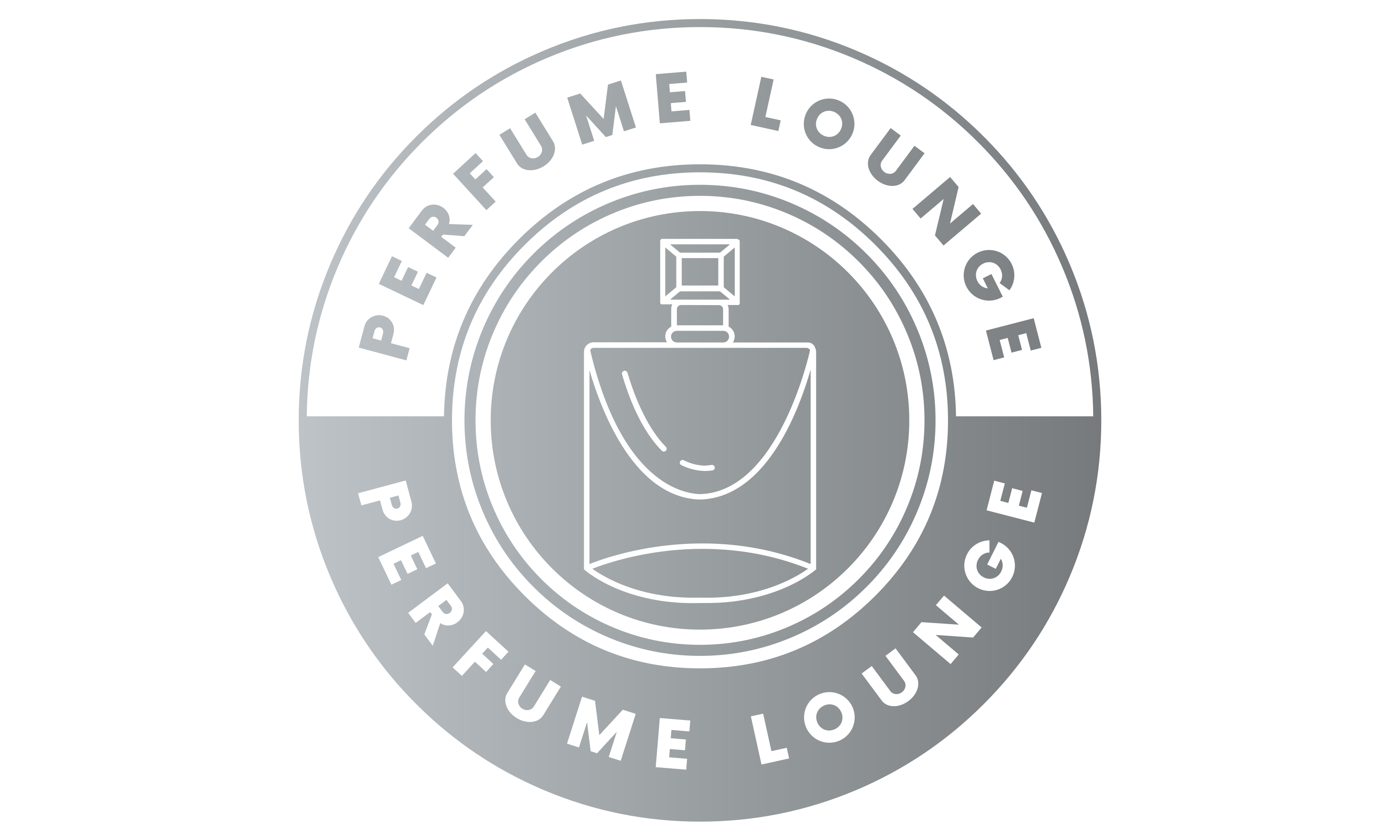- Antonio Banderas
- Azzaro
- Burberry
- Bvlgari
- Calvin Klein
- Carolina Herrera
- Chanel
- Chloe
- Clinique
- Creed
- Diesel
- Davidoff
- Dior
- Dunhill
- DKNY
- Dolce and Gabbana
- Elie Saab
- Emporio Armani
- Ferrari
- Gucci
- Giorgio Armani
- Givenchy
- Hermes
- Hugo Boss
- Hermes Terre
- Issey Miyake
- Jean Paul
- Kenzo
- Lancome
- Lacoste
- Louis Vuitton
- Maison Francis Kurkdijan
- Marc Jacobs
- Men’s Fragrances
- Mini Gift Sets
- Mont Blanc
- Mugler
- Narciso
- Paco Rabanne
- Thierry Mugler
- Tom Ford
- Tommy Hilfiger
- Unisex
- Versace Perfume
- Victor Rolf
- Victorias Secret
- Women’s Fragrances
- Yves Saint Laurent
Why “Old Lady Perfumes” Never Go Out of Style

It’s said that to get older is to get wiser. But apparently, we don’t want to smell that way. Calling a classic fragrance an “Old Lady Perfume” has become such an accepted part of the modern beauty vernacular that it feels like a harmless, even humorous, descriptor. But is it either of those? (Spoiler: not really.)
The term is inaccurate at best, ageist at worst. We hear it from sales associates, assuring us that we don’t want that older fragrance because it’s too powdery, too strong, or too much … something. We read it in editorials telling us about the latest perfume launches, usually as a caveat along the lines of, “Don’t worry, though, this new perfume isn’t like that.”
Whatever the intent of calling something Old Lady might be, the implication seems negative. No one is talking about how the hottest new perfume releases smell like Old Lady, or that for spring, the latest trend is Old Lady. And if someone, after embracing you and catching a whiff of your scent, says, “Wow, you smell like Old Lady,” that’s probably not a compliment.
But what exactly is an Old Lady Perfume? The term is generally applied to perfumes launched between the 1920s to the 1980s. And though the fragrances that fall under the Old Lady Perfume umbrella aren’t a monolith, there are some common threads.
The best known Old Lady Perfume is probably the classic Chanel No. 5, which launched a century ago. The main ingredients in this iconic blend are synthetic aldehydes, which were groundbreaking in 1921 and impart the powdery soapiness we’ve come to associate with the famous blend. , , and Nina Ricci L’Air du Temps have similar profiles; Shalimar and Opium emit a powdery amber essence, while L’Air du Temps has a carnation note that smells soapy. They, too, are often referred to as Old Lady Perfumes.
Another common attribute of an Old Lady Perfume is that, during its original era, the fragrance ascended to “scent profile” status. This means the perfume became so pervasive, it was replicated over and over, making its way into candles, air fresheners, soaps, detergents, and other household cleaning products. In some cases, the scent even came to define the smell of a generation. Want a whiff of the ’80s? Spritz Opium.
Today’s Old Lady Perfumes were once the , the , and the of their time. Baccarat Rouge, in particular, is well on its way to becoming a scent profile, as it’s being copied in candles and mass-market bath and body products. And is that a bad thing? Chanel No. 5 is still the top-selling fragrance in the world.

Thanks Perfume Lounge for my order arrived very quick and I love it I will keep on buying from you